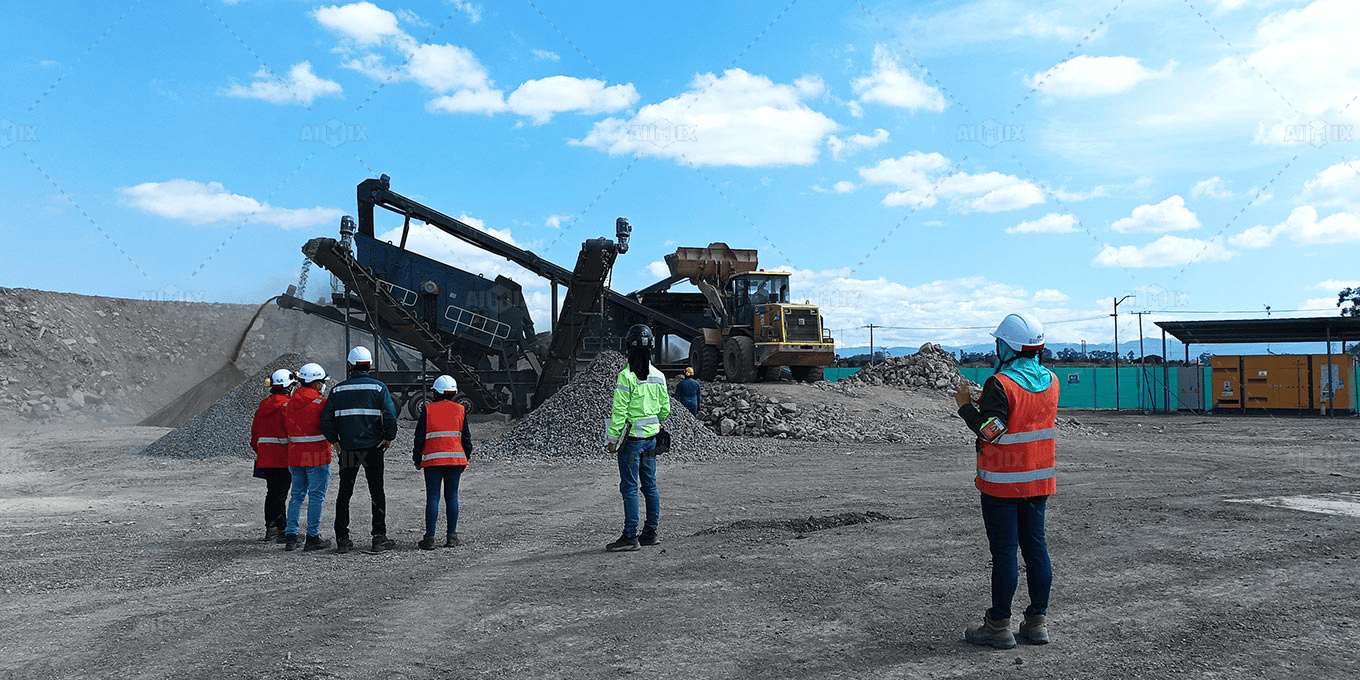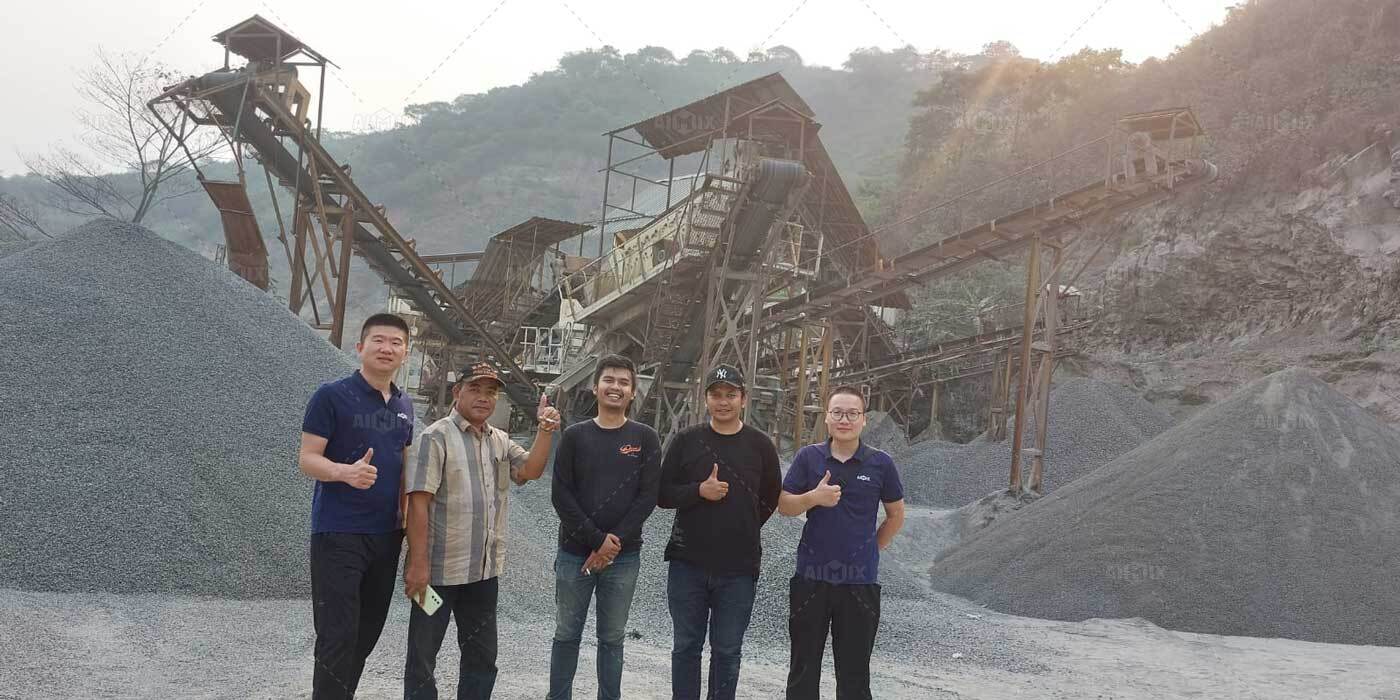The stone crushing industry, historically associated with dust clouds and noise pollution, is undergoing an environmental metamorphosis. Modern stone crusher plant now incorporate cutting-edge technologies that not only mitigate ecological impact but actively contribute to sustainability goals. This transformation addresses the dual challenges of meeting global infrastructure demands while adhering to increasingly stringent environmental regulations. The shift from pollution sources to eco-conscious operations reflects both regulatory pressures and the industry's recognition that sustainable practices enhance long-term profitability.
Emission Control Through Advanced Engineering
Contemporary crushing plants employ multi-stage filtration systems that capture 99.7% of particulate matter before release. These systems combine electrostatic precipitators with nanofiber filtration media, achieving air quality standards that surpass many urban environments. The latest innovations include photocatalytic coating on crushing chamber liners that break down residual dust particles through oxidation, reducing airborne pollutants by an additional 40%.

Noise reduction technologies have similarly advanced, with composite sound-dampening materials and vibration-isolated equipment bases decreasing operational decibel levels by 30-35%. Some European manufacturers now produce crushing plants that operate below 75 dB at 10 meters—quieter than most urban traffic. These acoustic improvements stem from redesigned crushing chambers that optimize material flow, reducing impact noise while maintaining production efficiency.
Energy Efficiency: From Waste to Watts
The industry's energy transformation centers on regenerative systems that capture and reuse wasted power. Hybrid crushers with kinetic energy recovery systems convert the inertia of rotating masses into electrical energy, feeding up to 15% back into the power grid. Variable frequency drives optimize motor performance, adjusting power consumption in real-time based on material hardness and feed rates.
Solar integration has moved beyond supplemental power to become a primary energy source at many quarries. Floating solar arrays on settling ponds serve dual purposes—generating clean electricity while reducing water evaporation. The most advanced plants combine these technologies with AI-driven energy management systems that predict optimal production schedules based on weather patterns and utility rate fluctuations.

Water Conservation and Material Recycling
Closed-loop water systems now achieve 95% recycling rates through multi-stage filtration and sedimentation. These systems employ dissolved air flotation technology to separate fine particles from process water, enabling reuse while recovering valuable fines for byproduct sales. Some mobile crusher plants have eliminated water use entirely, adopting air filtration and electrostatic separation for dust control.
The industry's circular economy initiatives extend beyond water conservation. Crushing plants increasingly process construction demolition waste alongside virgin stone, with advanced sorting systems separating concrete, asphalt, and masonry for recycling. The resulting recycled aggregates meet the same specifications as virgin materials in many applications, reducing quarrying demands by up to 30% at forward-thinking operations.
This environmental evolution positions stone crushing plants not as necessary evils, but as active participants in sustainable construction. The technologies transforming these facilities demonstrate that industrial progress and environmental stewardship can coexist—and indeed, reinforce one another. As regulatory frameworks tighten and green construction practices become standard, the stone crushing operations embracing these innovations will lead the industry into a cleaner, more efficient future. The revolution from pollution to solution represents not just improved operations, but a fundamental redefinition of the industry's role in building sustainable infrastructure.

